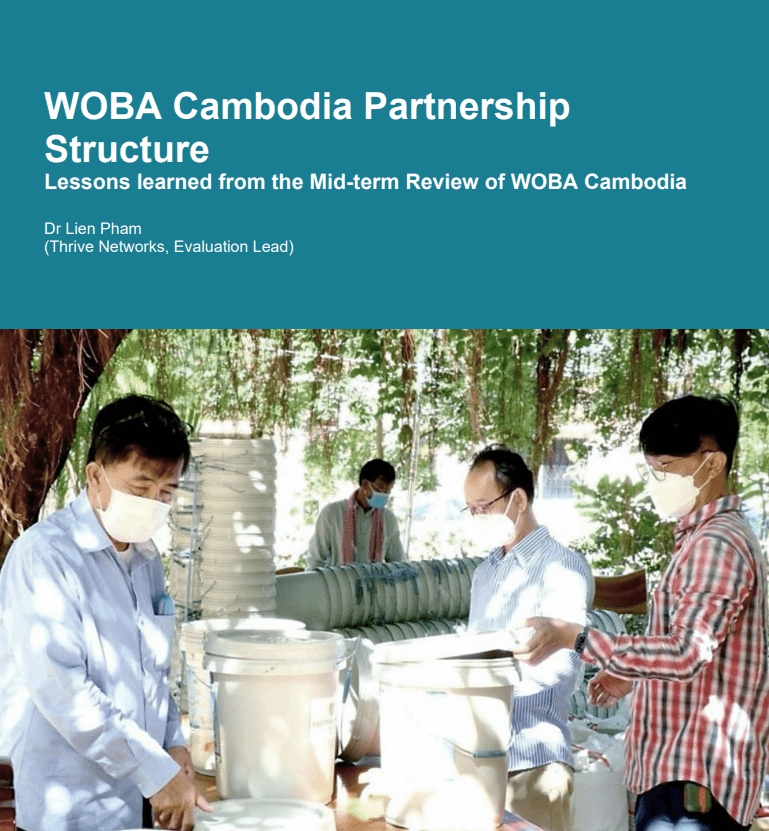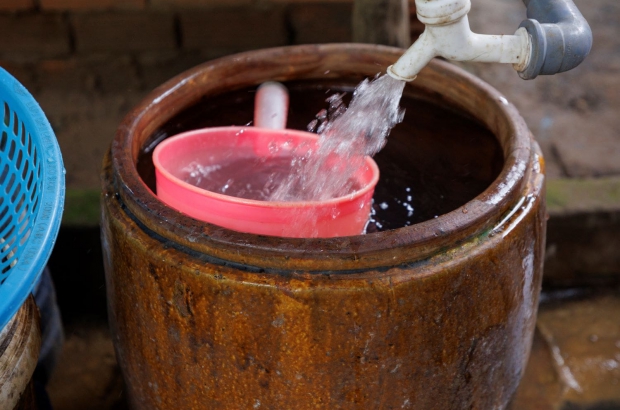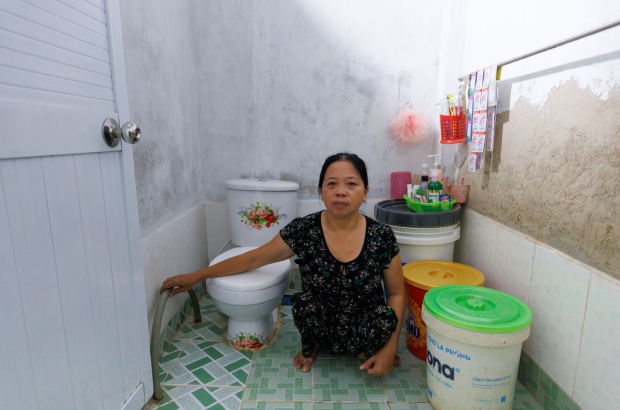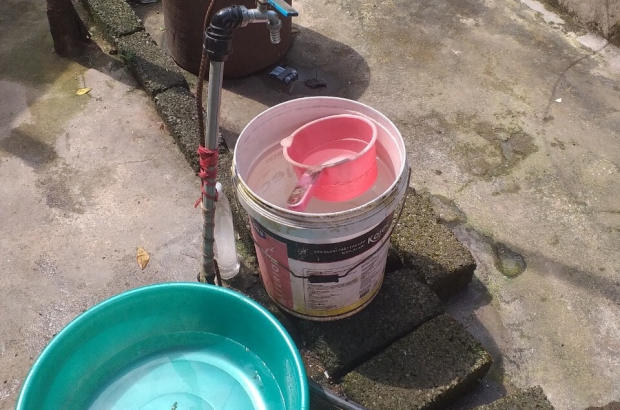
WOBA Cambodia Partnership Structure: Lessons learnt from the Mid-Term Evaluation
2362
Although there are differences between provinces in terms of the partnership structure and line of authority in charge of WOBA’s implementation activities, there is a common link between the national and subnational levels. The overall WOBA partnership structure provides partners with the role and position within a hierarchical governance structure that they are familiar with. In addition, because WOBA offers the same types of latrines across all provinces, leveraging the existing government structure works well in terms of legitimacy and sharing information down the chains of authority.
Related News
2346
WOBA Viet Nam partnership structure. Lessons learned from the Mid-term Review
The partnership structure of WOBA follows the government political structure to execute implementation therefore the PC has the power and decision making in all aspects of the project implementation. Based on this structure, the function of each organization in the partnership, and the role of each person in the partner organization has been already established prior to WOBA. The stability of the partnership structure and its members’ role in the implementation contribute to the achieving WASH targets in an effective way. A possible deviation is the WU with staff turnover resulting in some missed connection in the networks and missing important knowledge about WOBA. In this regard, ongoing training at the WU level especially at the village level is important.
2008
Mid-term Review Report: Women-Led Output-Based Aid (WOBA) Vietnam
This report presents and discusses the findings of the mid-term evaluation of WOBA Vietnam. The evaluation assesses WOBA’s progress towards its planned outcomes and support learning by exploring the effectiveness of the strategies and activities implemented from June 2018 to June 2021. The report explores some initial indications of impacts and sustainability. It provides important recommendation in the ongoing implementation of the program and progress towards the project’s end-of-program outcomes.
1982
Report of the endline evaluation of Women-Led Output-Based Aid (WOBA) Vietnam
The purpose of the Endline Evaluation is to assess the WOBA project using the OECD Development Assistance Committee (DAC) evaluation criteria including Relevance – Effectiveness – Efficiency – Impact - Sustainability. The theory of change defined for WOBA Vietnam has been used to define evaluation priority areas of inquiry which in turn links to the key evaluation questions. The priority areas of this Endline Evaluation are: 1. WASH services implemented using OBA focusing on the water component 2. Gender equality and social inclusion approach and outcomes 3. Fecal sludge management pilot 4. Climate resilient water safety plan pilot



